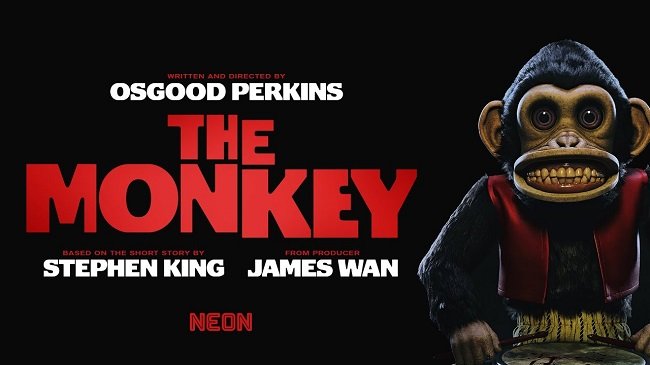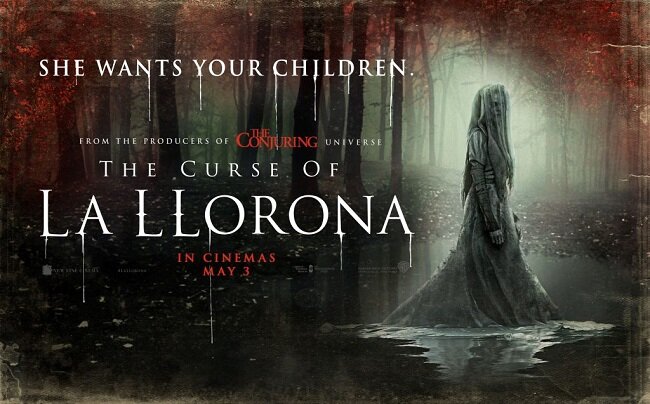The Car (1977)
The peace of tranquillity of Santa Ynes, Utah, is shattered when there are several hit and run deaths by a mysterious and apparently driverless, black car. After the Sheriff (John Marley) is run down, it is down to Captain Wade Parent (James Brolin) and his deputies to protect the town from this sinister threat. Is the car simply a driven by a mad man or is there a more supernatural explanation? When the car menaces a local school marching band, the teachers and students take refuge in the nearby cemetery. Does the cars inability to enter consecrated ground provide a clue to its otherworldly origins and offer a potential solution? As the death count increases and the population becomes more fearful, the Captain and his team of deputies form a desperate plan to see if they can lure the car into a trap.
A movie like The Car needs something else other than its initial premise to keep it going. To provide it with narrative impetus and keep the viewer engaged. Simply put, if the audience is to spend ninety or so minutes watching a group of people in peril then it needs to be able to relate and empathise with them. Surprisingly, that is exactly what director Elliot Silverstein does. Having cut his teeth directing several episodes of The Twilight Zone, he has a good sense of pace and how to build the tension leading up to the “boo” moment. The Car has a solid cast of respectable characters actors and actually makes a decent attempt to try and provide some backstory and sub plots. There is a genuine feeling that this is a real small town. There’s the ex-drunk officer, the wife beater and a lead character living in his father’s shadow. John Marley is good as a sheriff whose world is turned upside down by the arrival of this potentially satanic car. You feel that he genuinely cares.
As ever with movies of this ilk, the low budget means that the scope of action is somewhat restricted. Yet the various death scenes in which innocent members of the public are run down are well constructed with the focus upon tension rather than gore. The Car taps into similar themes as Steven Spielberg’s Duel, with its exploration of our fear of the motor vehicle, its associated anonymity and potential to kill. In one scene the car drives right through a victim’s house to kill them, shattering the presumption that once off the road, you are safe. Certainly fusing the road movie genre with the supernatural was a bold idea. It works better here than in similar films such as Race with the Devil. But one cannot discuss The Car without referencing the customised 1971 Lincoln Continental Mark III designed by George Barris. It is in many ways the real star of the movie, having a genuine presence and posing a credible threat.




























